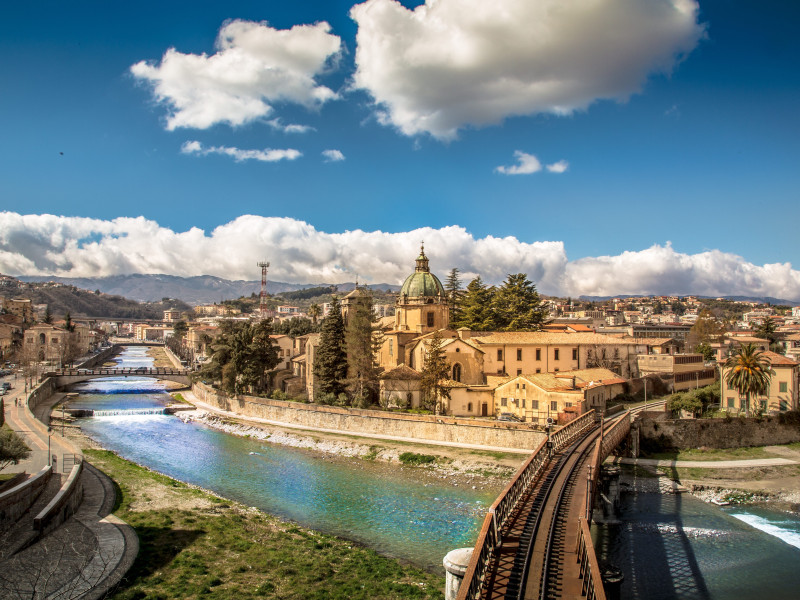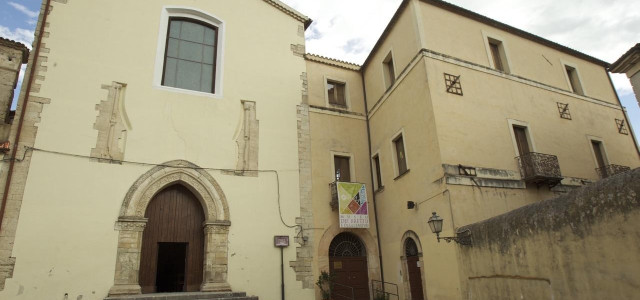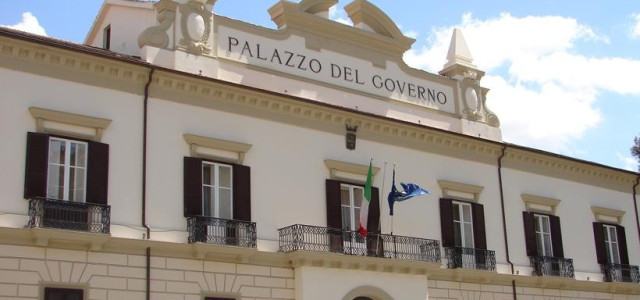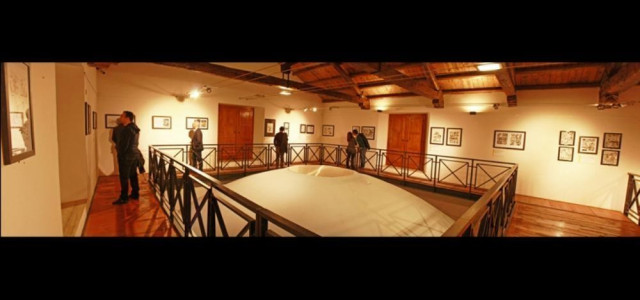Cosenza
Cosenza, capital of the homonym province of Calabria, is known as "Bruzi’s City" in reference to the people who founded it in the fourth century BC. Situated on seven hills in the valley where converge the Crati and Busento rivers. The historic core, better known as "Old Cosenza", is characterized by narrow, winding streets, along which alternate minutes buildings and palaces. Recognized in 2008 "City of Art" by the Calabria Region, Cosenza holds in its historic center a thirteenth-century Cathedral which, in 2011, was declared a UNESCO "World Heritage Witness of Culture and Peace", and hosts on the Corso Mazzini the Open Air Museum Bilotti (MAB), unique in Italy. Under the reign of Augustus, the former "Bruzi’s Capital" took on the characteristics of real commercial city. According to tradition, in Cosenza was died King Alaric, who return from the Sack of Rome (410), buried in the Busento’s bed. Turned into duchy in 568, the city was the first Lombard rule and then Byzantine. Fought over by Saracens and Lombard, was almost destroyed and rebuilt in 988. After fighting without much success Norman occupation, it became a Swabians duchy, among the cities favored by Federico II. In the fifteenth century it was chosen by Louis III of Anjou as his residence, becoming the fulcrum of the Duchy of Calabria. In the Aragonese period, the town became the capital of Calabria Hither, hosting the prestigious Cosentina Academy that, under the guidance of the philosopher and theologian Bernardino Telesio, became a major cultural institutions in southern Italy, giving the city the nickname "Athens of the Calabria". In the Napoleonic era, Cosenza was marked by an anticlerical and libertarian orientation. During Second World War, the city suffered repeated bombing. In the 90's, Giacomo Mancini, a leading figure of the Italian Socialist Party, several times Minister of the Republic, has promoted urban renewal and cultural development of the city. Home of the University of Calabria, Teatro Rendano, regional RAI office, and included in the vast urban area “Cosenza-Rende-Castrolibero”, Cosenza is one of the major regional centers in terms of cultural and socio-economic.






